The yoga wheel, a relatively recent addition to the yoga prop arsenal, has rapidly gained popularity for its versatility and effectiveness. This cylindrical prop offers a unique approach to stretching, strengthening, and deepening your yoga practice. Its ability to support and challenge the body has made it a beloved tool for yogis of all levels.
Origins and Evolution of the Yoga Wheel
While the exact origins of the yoga wheel are unclear, its popularity has surged in recent years as part of the broader trend towards innovative yoga props. The yoga wheel’s design is likely inspired by traditional yoga practices that utilize props for support and deepening poses. As yoga continues to evolve and adapt, the yoga wheel has emerged as a valuable tool for modern practitioners.
Who Can Benefit from a Yoga Wheel
The yoga wheel is a versatile prop that can benefit yogis of all levels, from beginners to advanced practitioners.
- Beginners: For those new to yoga, the wheel can offer support and confidence-building as they explore new poses. It can help to improve flexibility and alignment, making the practice more accessible.
- Intermediate practitioners: Intermediate yogis can use the wheel to deepen their practice and challenge themselves. It can help to improve balance, strength, and flexibility.
- Advanced practitioners: Experienced yogis can use the wheel to explore more advanced poses and refine their technique. It can help to increase flexibility and open up the body in new ways.
Benefits of Using a Yoga Wheel
Incorporating a yoga wheel into your practice offers a multitude of benefits:
- Improves Flexibility: The yoga wheel’s curved shape encourages spinal extension, helping to improve flexibility and mobility. It can help to open the chest, shoulders, and hips, leading to a more supple and relaxed body.
- Enhances Strength: Balancing on the yoga wheel requires core strength and stability. Regular use can help to build muscle strength and endurance, improving overall body tone.
- Deeper Stretches: The wheel allows for deeper stretches by providing support and leverage. This can help to release tension in the muscles and improve range of motion.
- Improves Posture: Regular use of the yoga wheel can help to correct postural imbalances and improve alignment. By opening the chest and shoulders, it can help to counteract the effects of prolonged sitting or standing.
- Reduces Stress: Yoga wheel poses can be deeply relaxing, helping to reduce stress and anxiety. The supported backbends and restorative poses offered by the yoga wheel can promote a sense of calm and well-being.
- Increases Body Awareness: Balancing on the yoga wheel requires focus and concentration, enhancing body awareness and mindfulness. This can translate to improved balance and coordination in daily life.
Tips for Choosing the Right Yoga Wheel
When selecting a yoga wheel, consider the following factors:
- Size: The diameter of the wheel should be appropriate for your height and flexibility level.
- Material: Yoga wheels are typically made of PVC or TPE. PVC is more durable, while TPE is often considered more eco-friendly.
- Grip: Ensure the wheel has a non-slip surface to prevent accidents.
- Weight: Consider the weight of the wheel if you plan to travel with it.
Basic Yoga Wheel Poses
To get started with your yoga wheel, try these basic poses:
- Wheel Pose (Chakrasana): Use the wheel as a support for your lower back to deepen the pose.
- Bridge Pose (Setu Bandhasana): Place the wheel under your sacrum for a deeper backbend.
- Pigeon Pose (Kapotasana): Use the wheel to support your front leg for a deeper hip opener.
- Inverted Staff Pose (Viparita Dandasana): With every inhale, feel your chest rise, creating space for lightness, while each exhale grounds you deeper into the earth, releasing layers of tension.
Remember to start slowly and gradually increase the intensity of your practice. Listen to your body and avoid pushing yourself beyond your limits.
Contraindications
- Neck or back injuries: Avoid using a yoga wheel if you have a recent or chronic neck or back injury.
- High blood pressure: The inverted position of certain yoga wheel poses can increase blood pressure.
- Glaucoma: People with glaucoma should avoid inversions.
- Pregnancy: Pregnant women should consult with their healthcare provider before using a yoga wheel, as some poses may not be suitable.
- Weak wrists or shoulders: The wheel can put strain on these joints, so proceed with caution if you have weakness or injuries.
Conclusion
The yoga wheel is a versatile prop that offers numerous benefits for practitioners of all levels. By incorporating it into your yoga routine, you can enhance flexibility, strength, and overall well-being. With consistent practice and mindful use, the yoga wheel can become an indispensable tool for deepening your yoga journey.

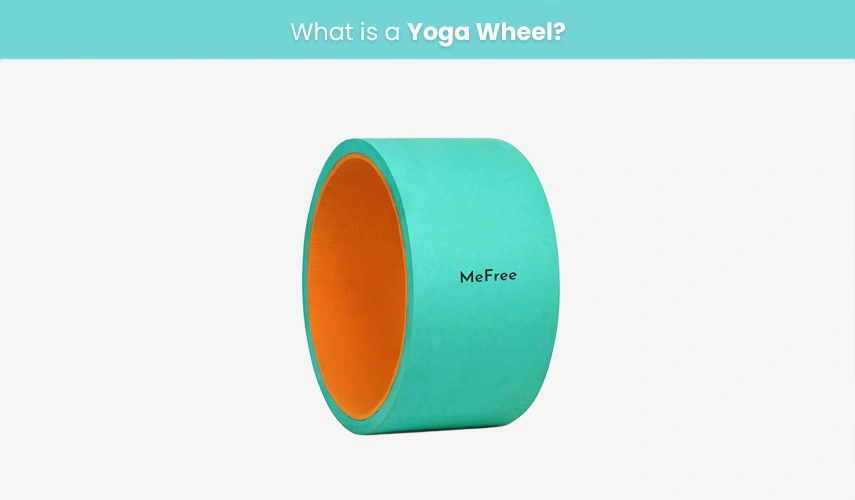
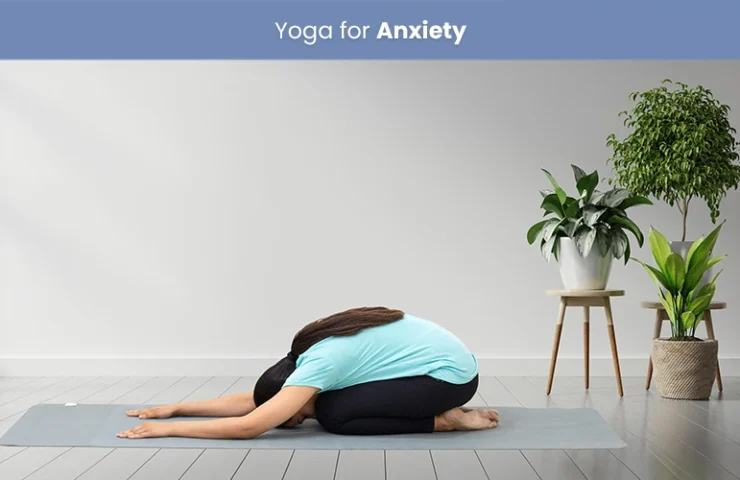
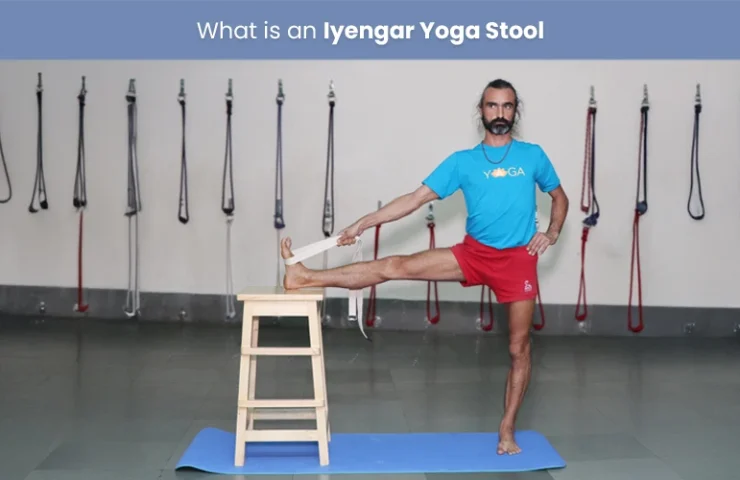
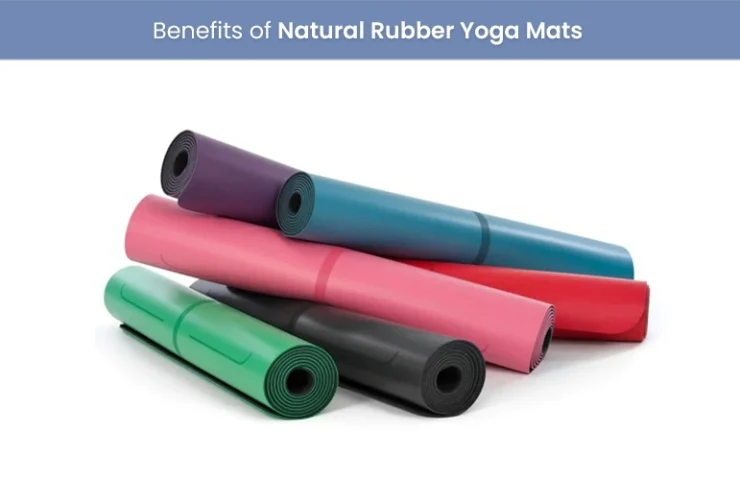
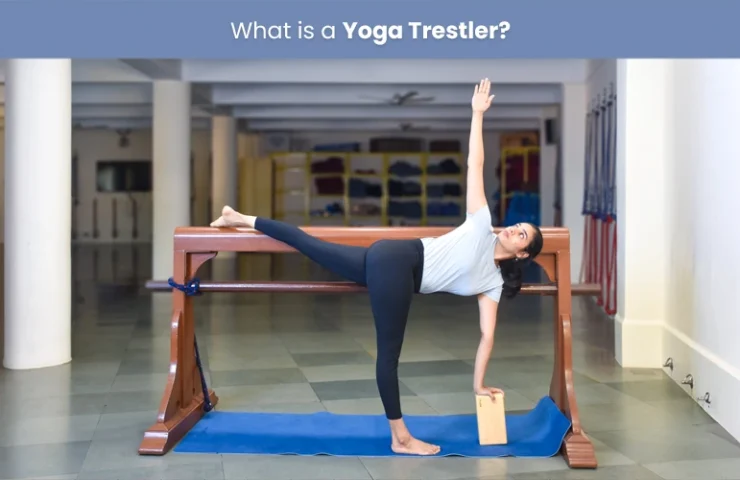
0 Comments for “What is a Yoga Wheel?”